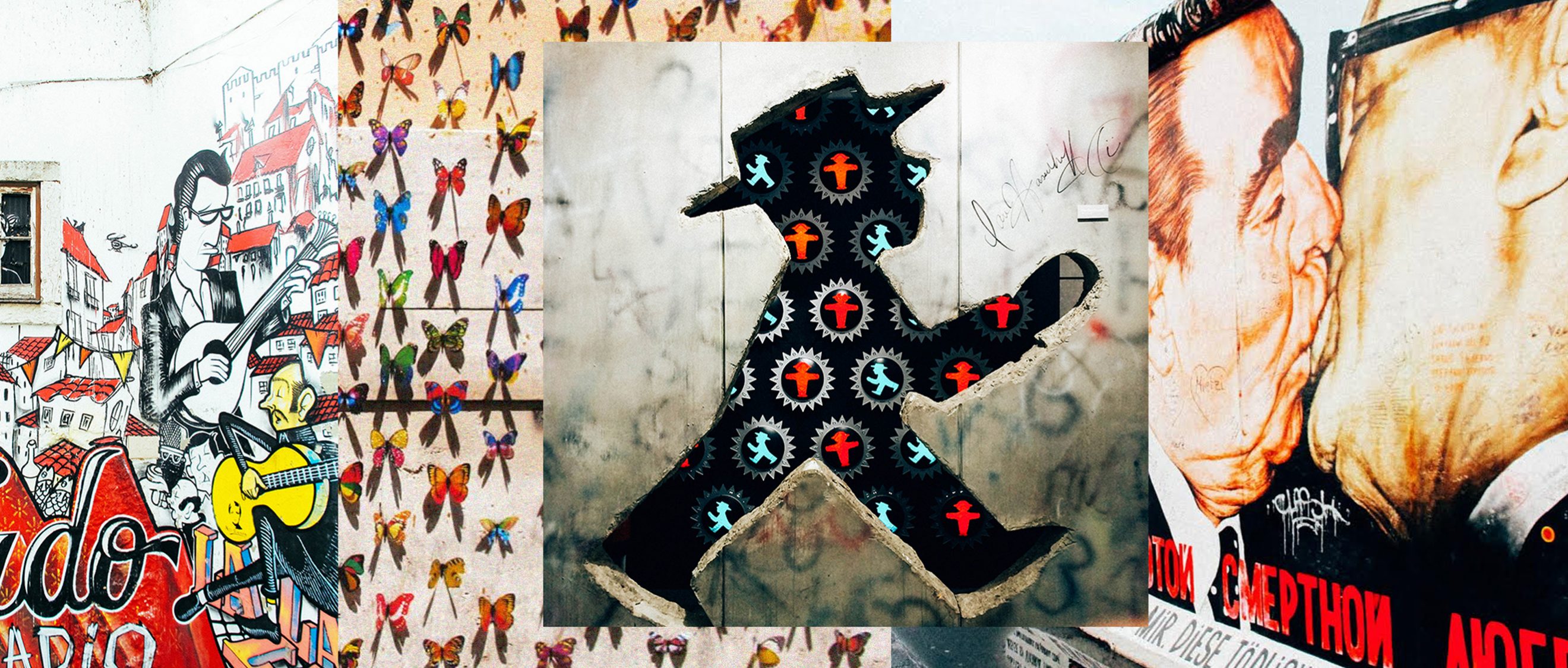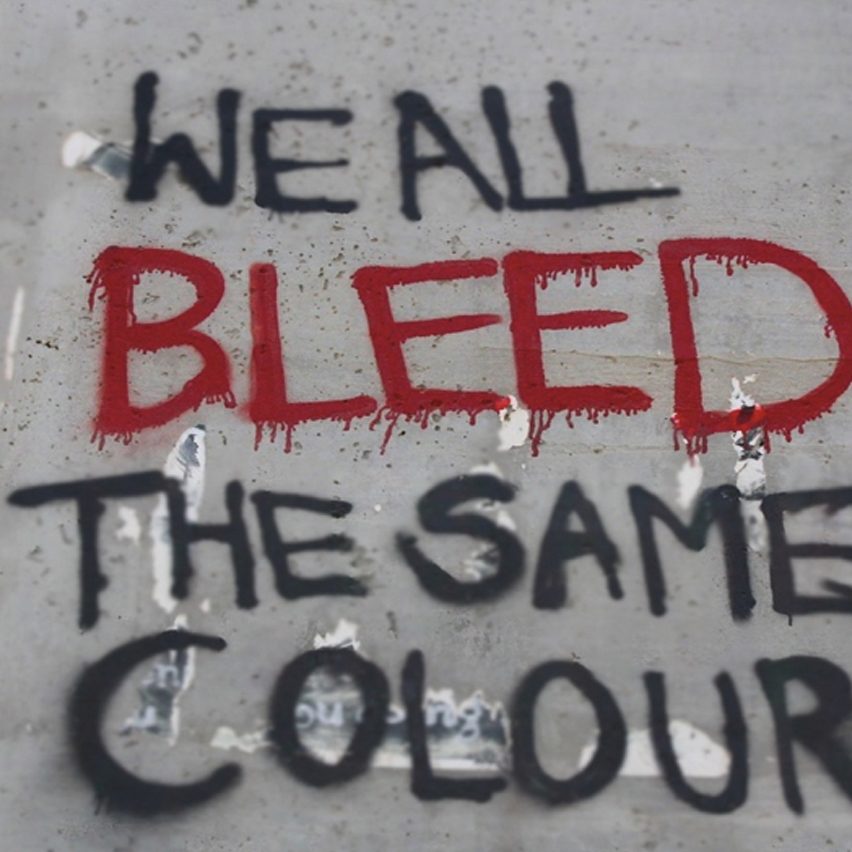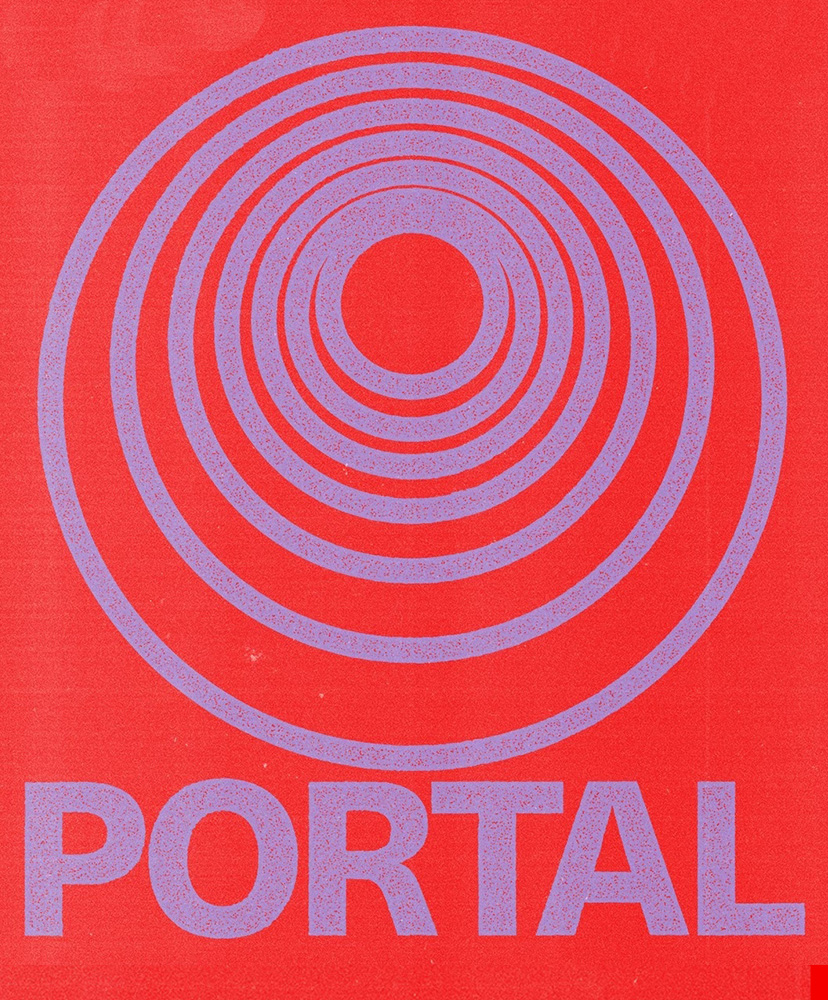What brands can learn about vandalism

Whether you’re a brand or an individual, our Global Planning Director Nusara thinks we can all learn something from vandalism. Read on to never look at street art the same way again.
By Nusara Chinnaphasaen
Street art often reflects the realities of the culture and social situations of its city. I was exposed to the visual culture of the streets five years ago when I moved to London. I figured the best way to get to know the city was to walk it. You can tell a lot about what’s happening in a place by looking at what’s been written on its walls. I wasn’t drawn to the aesthetic of street art then. My visual style was the polar opposite from those of graffiti. But I left my first street art experience a convert. So, what is it about street art that changed me from being uninterested to enthusiastic about the experience? And were there any lessons I could apply to what we do when it comes to the art of persuasion and communication? Below are my conclusions…
The thrill is in the discovery
One late afternoon in East London, I came upon this ice cream cone and was intrigued by its unusual look. I decided to follow the rabbit down the Google hole to see if there was anything significant about this work. Much to my surprise, a London-based artist called Oddly Head (a.k.a Tim Fishlock) is the person responsible for this work. He has put up 99 ice cream cones like this one around the city. The installation is called “99 Problems.” The finding prompted more questions. Why 99? And what does it have to do with ice cream? Upon further research, Google informed me there was a popular ice cream in the UK called “99 Flake”, a soft serve with a stick of Cadbury Flake. Though I don’t know for sure if 99 Flake was Tim’s inspiration, I like to think this may be the case. My encounters with street art like this one has taught me a simple lesson. Street artists don’t seek to undermine people’s intelligence. Often, brands design messages in a way that make it too easy for people. We often push out our message instead of pulling people into our brand experiences. Street artists raise enough curiosity and leave enough crumbs for people to come to their own conclusions. My experience with solving the mystery of ‘99 Problems’ and finding out something new is much more fun and satisfying than being told what to think or do.
Sometimes context inspires content
Where you broadcast your message is equally, if not more important than what you say. The above work gave me a good chuckle. It has a visual wit that takes into consideration its surroundings. CLET, a Florence, Italy-based artist, understands the power of context. His work stands out because of the medium he works with. In the above example, the environment is a crucial element to the message. Without context, the content wouldn’t be as powerful. The Lesson here is clear; the medium shouldn’t be treated as an afterthought.
Familiarity is bred through a clear pattern of recognition
Each street artist has a distinct style which you can easily identify. At the same time, no two works are ever really the same. Stik, one of my favorite street artists, is able to capture the imagination of people worldwide with his consistent use of just six lines and two dots. The distinct visual style of the many artists shown here reminds me of brands and their use of distinctive assets. Often, brands like to plaster the same assets in their communications repeatedly. The argument is always the same. These assets will help people to remember the brand easily. Sure. But if the asset is devoid of context, is it interesting? The repetition of isolated assets can turn what brands think as unique into boring wallpaper. The work of street artists has proved that you can be consistent and compelling at the same time. Many artists don’t even sign their works. Their look and tone are so obvious that they don’t have to scream “it’s from me”.
Emotional imprint is more important than physical one
Some street artists spend months working on a piece knowing full well that they have no control over how long the art will remain visible. They embrace the temporary nature of their work. Once it’s up on a wall, it’s there to be altered, taken or in the worst-case scenario, wiped out. I remember feeling excited when I stumbled upon the above work from Stik. In my memory, I know exactly where the work is located and what it looks like. I don’t need a physical reminder to recall what I felt like the first time I saw it. Brands can sometimes be obsessed with reach and frequency and try to put their message in front of people as often as possible. The example here has taught me that if your work is powerful, all you need is one potent opportunity to build a connection. People don’t need to be hit over their heads repeatedly. If we can make them feel something, all you need is one shot to make your message last in their memories.
Challenge the status quo
Historically, street art has been a visual form of rebellion. It serves as a tool to respond to cultural shifts or to make political statements. For example, during the debt crisis in Greece, there were (and probably still are) a lot of street art popping up to protest the way things were. Street artists challenge the powers that be and stand up to socially constructed ideas of what is legally appropriate in a public space. They vandalise for a constructive purpose not destructive. When brands challenge an outdated idea, we give people a reason to engage and rally around its belief.
Have a clear point of view
If we are going to interrupt someone’s time and ask for their attention, we’d better have something interesting to say. The street art that I love always seems to provoke questions and reflection. Some inspire you to rise up. To assist and to promote social change. To refuse to accept. To say enough is enough. Street artists are very effective in articulating their point of view in a creative way and in inspiring change in those around them.
Give back
Many street artists like, Jim Bachor, use their works to give back to the community. Jim turns ugly into beauty by patching up street holes around Chicago with his colourful mosaics. Beyond beautification, street art can also breathe new life into the city by serving as a tool for economic development. In Krakow, Poland, I saw the work below single-handedly transform a rundown neighbourhood into a cool hang-out spot. The mural is called Judah, and is by Pil Peled. It was created to commemorate the Jewish community’s struggle to preserve their culture and to overcome the tragic history of Krakow. After this mural was put up, the neighbourhood started seeing signs of gentrification. The area is now filled with food trucks, shops and restaurants. When I visited last September, the building across the street from this mural had been turned into a high-end apartment complex. The work has had a significant economic impact on the vitality of the community. Brands that emphasise giving back can build strong connections with their audiences.
Collaborate
The collaborations of various artists shown here is proof that you can still collaborate with other brands while maintaining your own sense of identity. There is so much to be gained through collaboration than can be lost. Your brand becomes more dynamic, fresh and interesting. And most importantly, you can reach a new audience that you wouldn’t otherwise talk to.
Think big and small
Whether it is a stencil work that was done quickly or an elaborated mural that took months to craft, all street art has an equal ability to inspire regardless of its shape, size or form. During the same trip to Krakow, I had a chance to visit Auschwitz. After the experience, my faith in humanity was at an all-time low. But the works below, both from Krakow, were able to convey stories that lifted my spirits. This work, from an artist named Blu, is called “Ding Dong Dumb”. Everything Blu does is big and ambitious. The work challenges the notion of following something so blindly without asking whether it is right or whether it makes sense. It was very relevant for me after the trip to Auschwitz. And then there’s this simple stencil of the iconic image of Gene Kelly performing “singin’ in the rain”. The work makes me “happy again”.
Paying attention to craft is important but equally being quick and nimble is also powerful. So ‘size’ does not matter. It just has to be meaningful. And remember….’A white wall is a missed opportunity’.
You can follow more of Nusara’s travel adventures on her Instagram @ForkAndStory.




